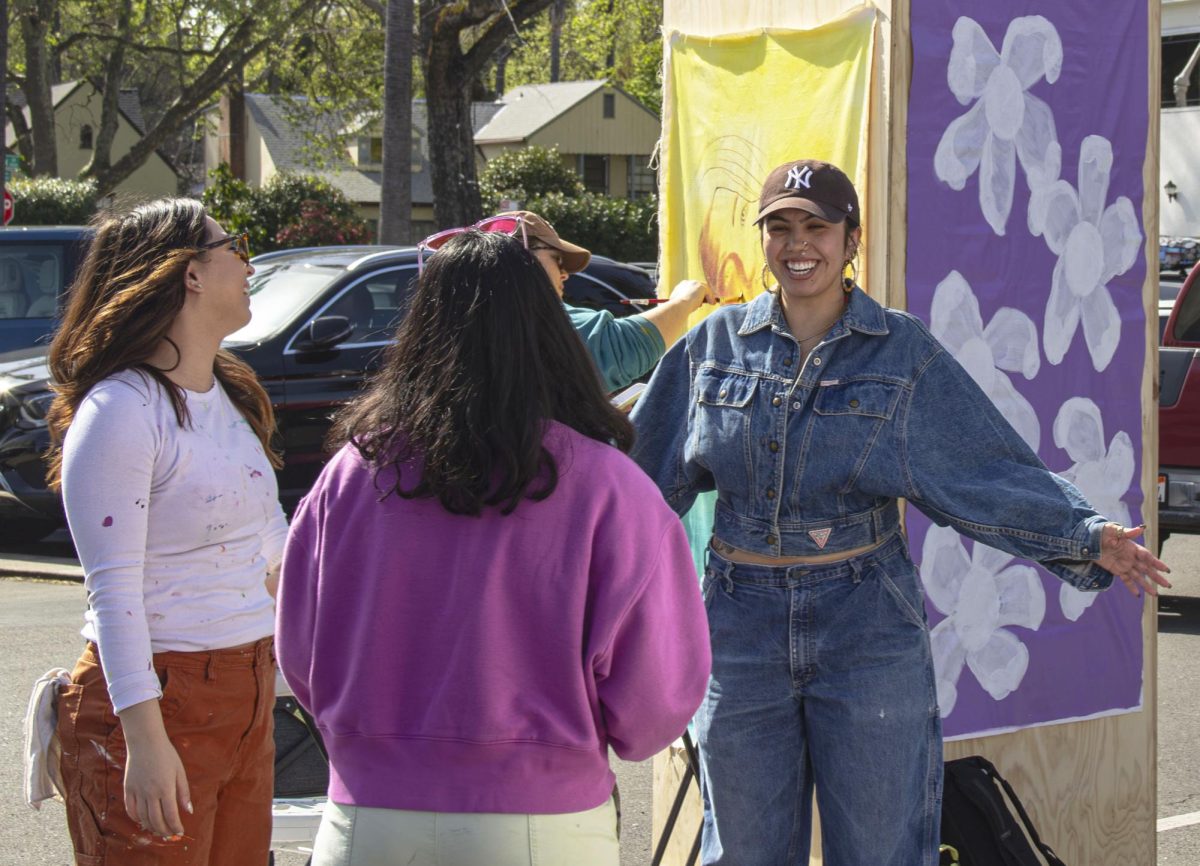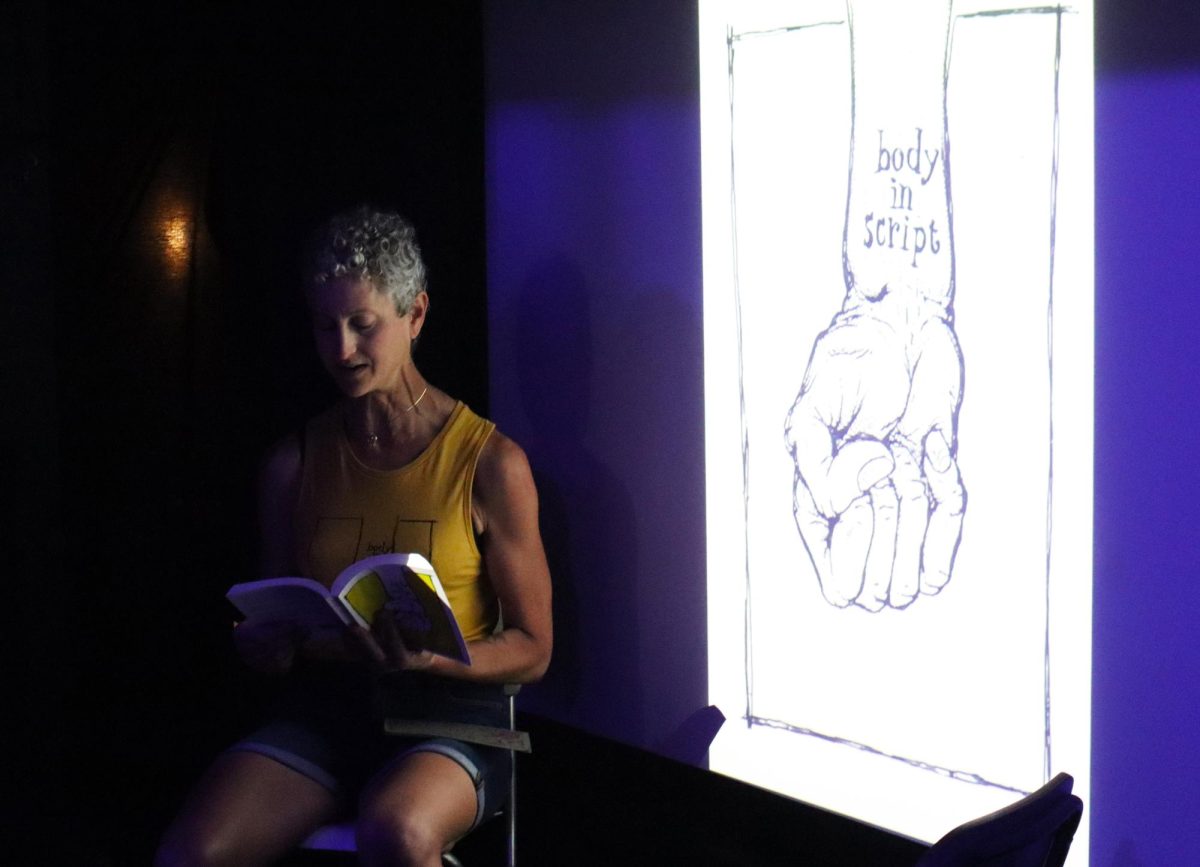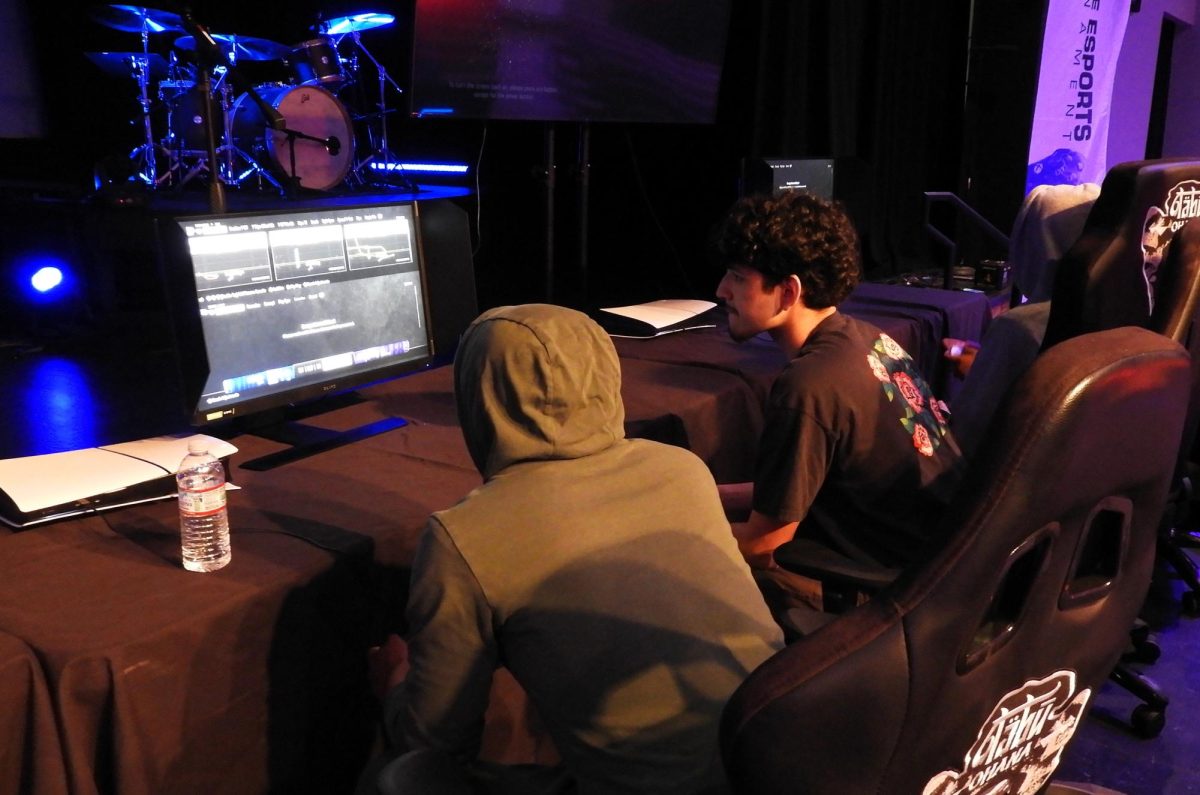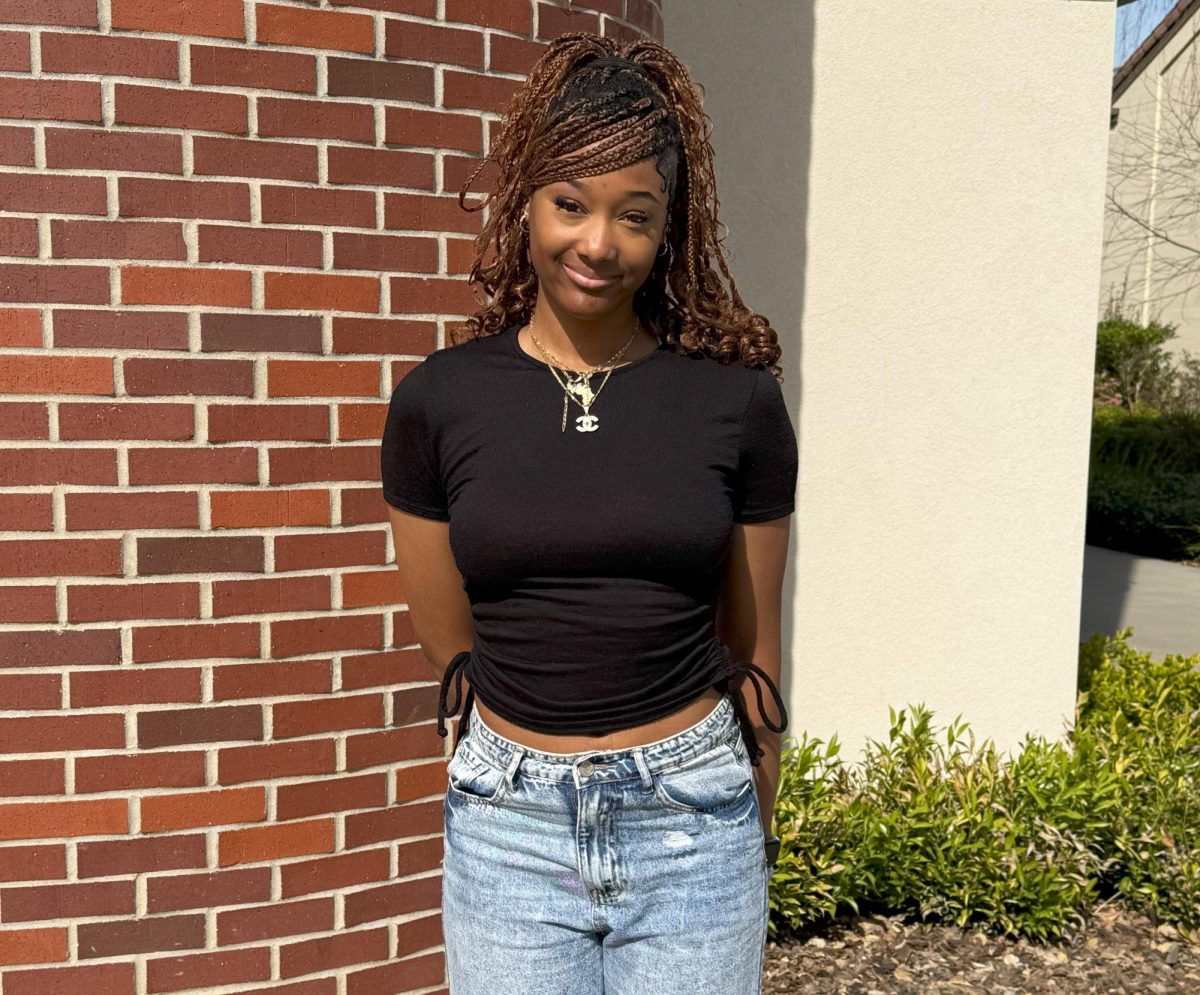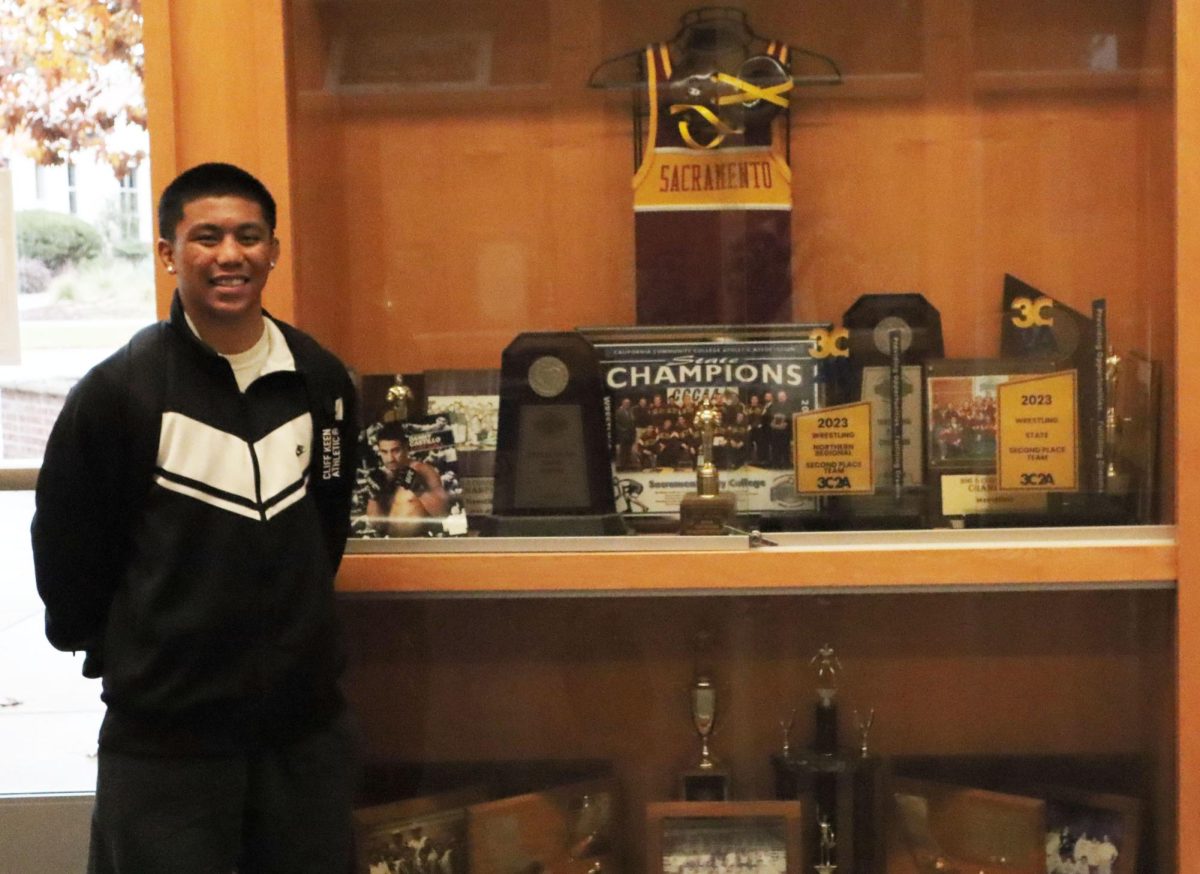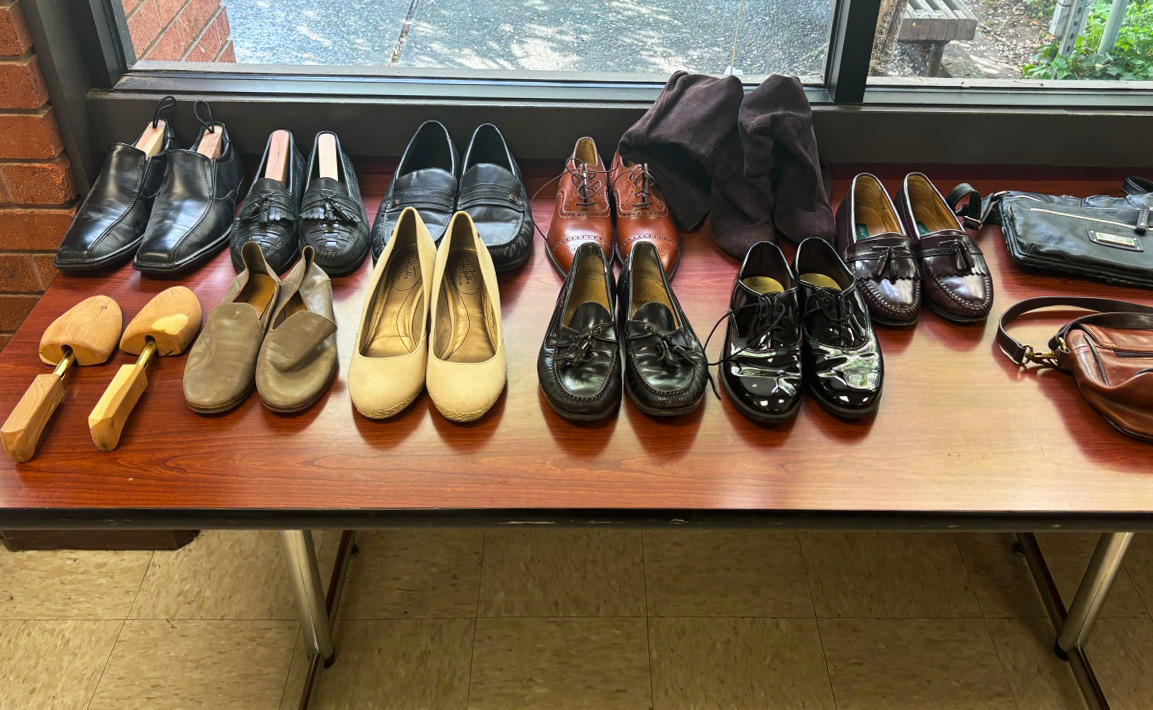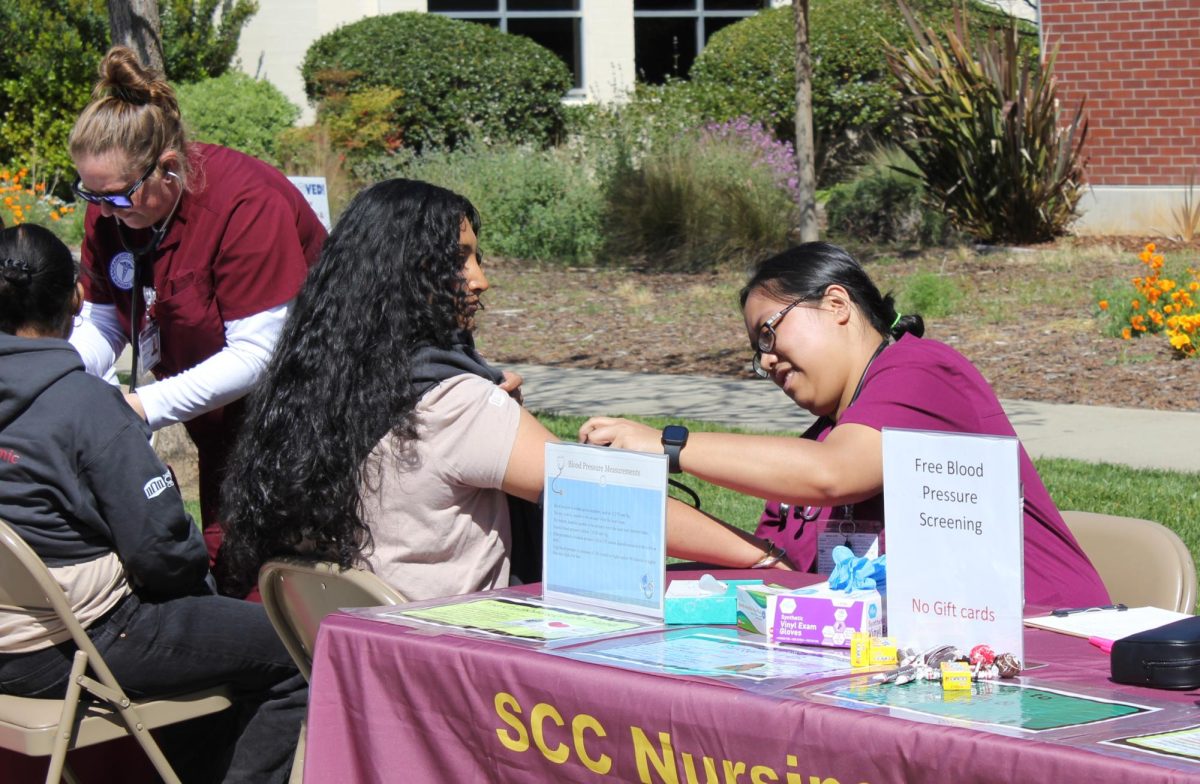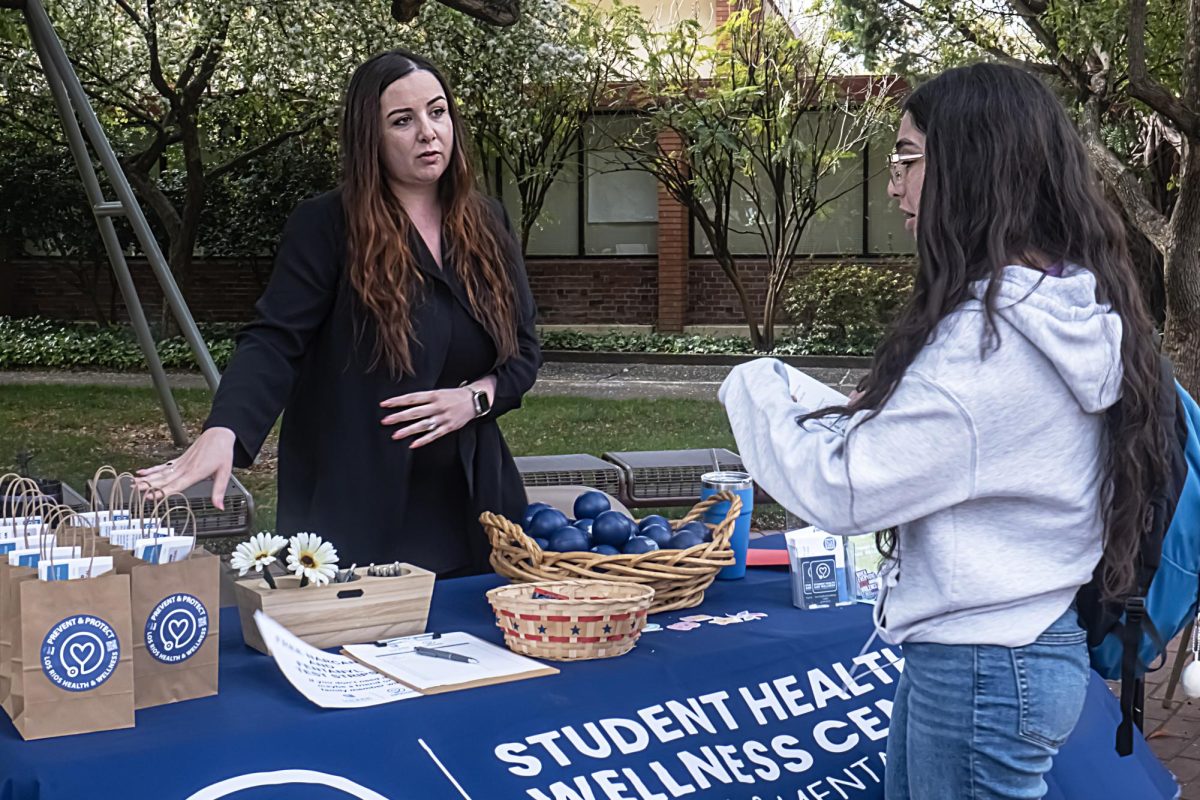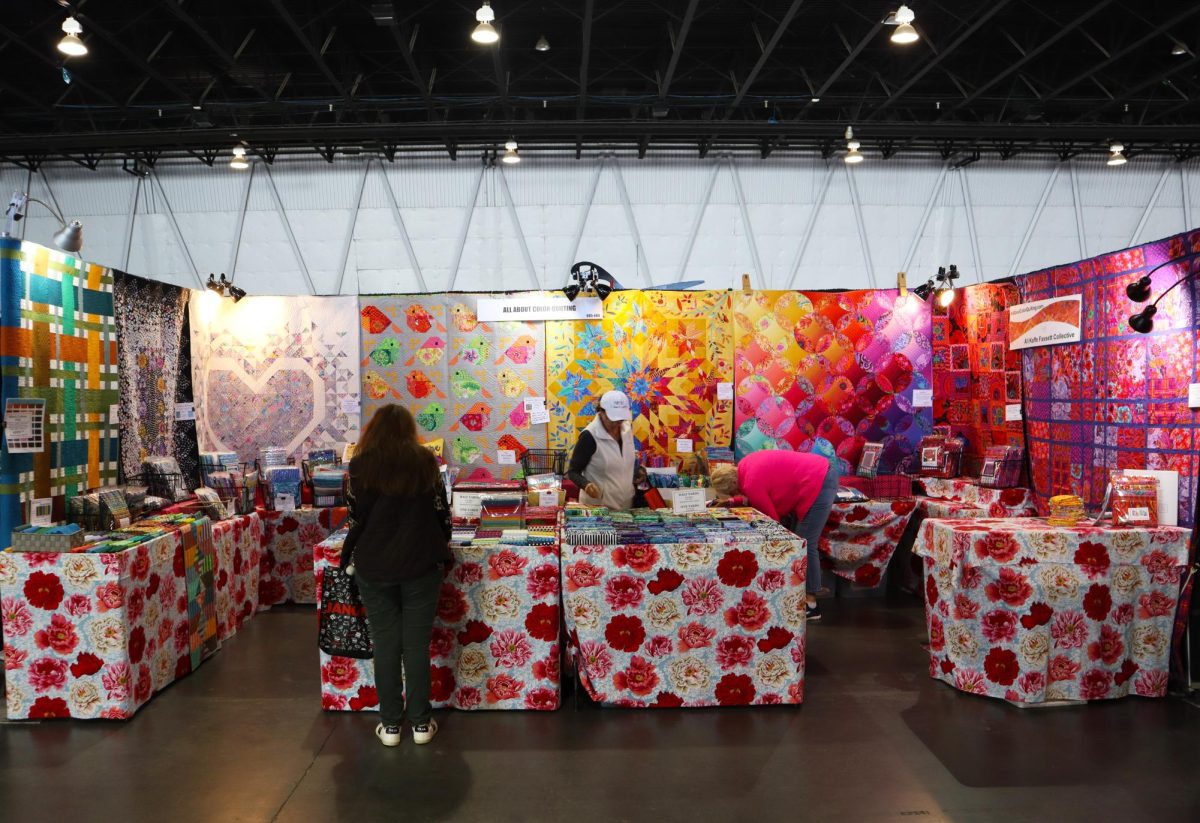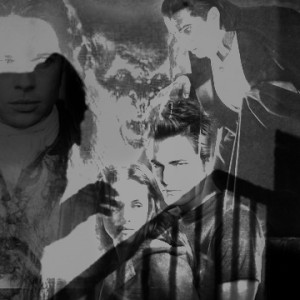
The living dead thrive in today’s popular culture.Far gone are the days of dreading vampires, werewolves and accompanying creatures of the dark.
“The Vampire Diaries” claimed historic ratings for its network Sept. 9 when it premiered on the CW. HBO’s series “True Blood” now enthralls over 5 million viewers per episode, the highest ratings for HBO since “The Sopranos,” and is still going strong.
The “Twilight” saga’s last installment, “Eclipse,” pulled in over $83 million when it opened this past summer.
Fans eat up all things vampire.
“It’s just this huge fantasy for girls,” Casey Clark, a City College nursing major and “Twilight” devotee, says. “A [vampire] man that has been around for so long he knows how to treat a girl like they used to. They are the ultimate protector. Someone so hot, yet so cold, and they want you so badly, they want your blood!”
“For younger girls [Twilight is] more of the fad at the time,” says Clark. “I used to love [Beverly Hills 90210 actor] Luke Perry, but it was more like a girl who has an innocent crush on a cute boy. And [“Twilight” vampire heartthrob] Edward sparkles.
Who wouldn’t crush on him?”
City College anthropology professor and department chair, Dr. Pamela Lindell, says that the perception of vampires in popular culture has transitioned over time from bad to good.
“Certainly ideas about vampires have changed a great deal,” says Lindell. “They’ve become very sexy and have superpowers that are enviable. Maybe this is because we still have the image of the vampire, but we no longer use it to validate our social mores or further marginalize people. Vampire beliefs were a mechanism of social control and of the validation of society’s mores.”
Classic vampire legend tells of a creature that once was human and undead. Vampires survived by feeding on the blood of living creatures, burst into flames if exposed to sunlight, and burnt their skin if they came in contact with a cross or silver and are repelled by garlic. The only way a vampire will meet its true death is if it’s staked through the heart or exposed to sunlight.
However, the modern stories of vampires don’t conform to the old descriptions. In “Twilight,” sunlight gave the Cullens’ vampire skin a diamond sparkle instead of incinerating them. Another change from the vampire trait can be found in “True Blood,” where the vampire Bill informs protagonist Sookie that garlic is merely an annoyance, and will do nothing to fend off vampires.
Flash forward to November 2008 and blood was spilled at a Hot Topic inside the Stonestown Galleria in San Francisco when around 3,000 tweens waited to see Robert Pattison, who played Edward in the “Twilight” films and mutated into a mosh-pit. Kids were trampled, the police were called and reports included broken arms and lots of screaming girls.
“Psychologically, we may no longer use the image of the vampire as a means to help us accept the reality of our own mortality,” says Lindell. “So, what do we do with the vampire if we no longer use it in these ways? Make money off it.Make it sexy and glamorous so that people will watch your TV shows and movies,” Lindell says. “This is the real skill of modern American media. They can sell anything,


